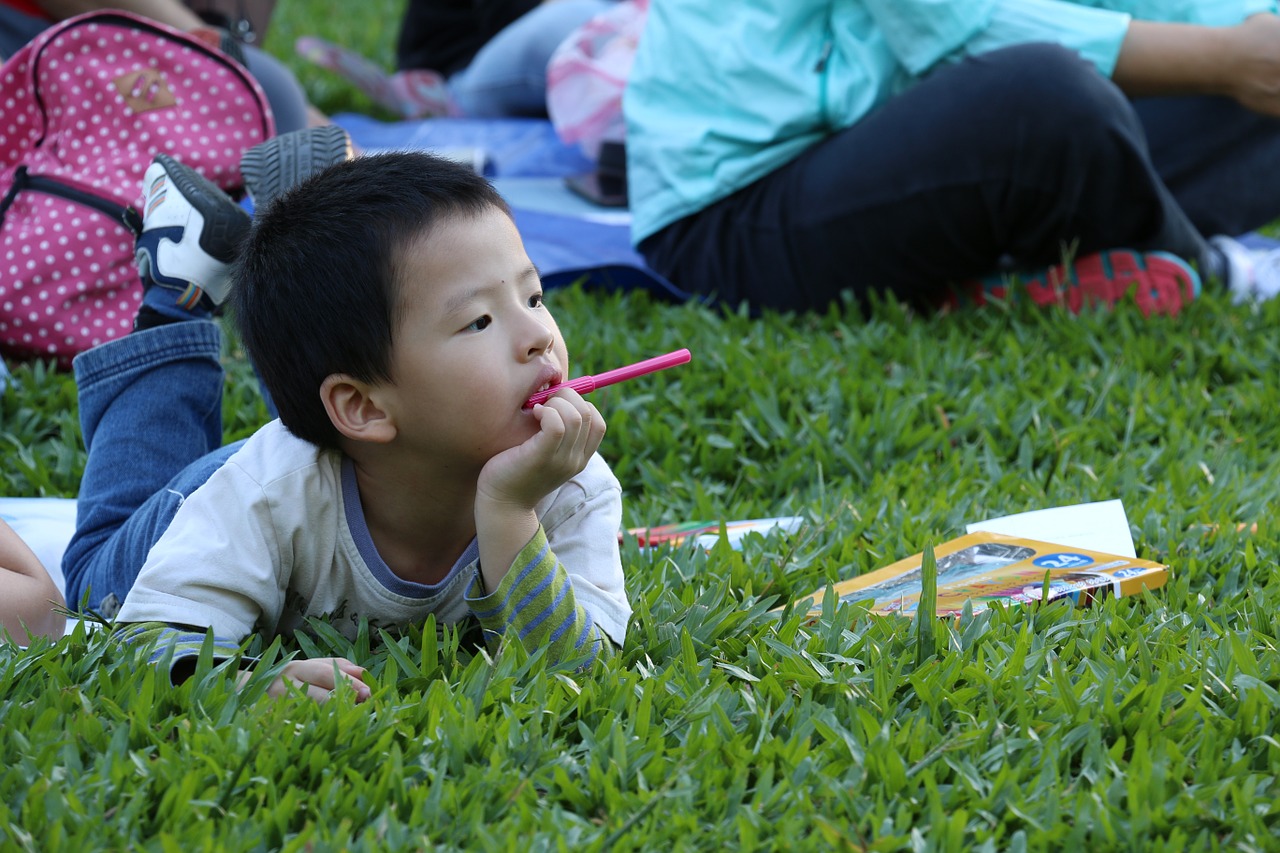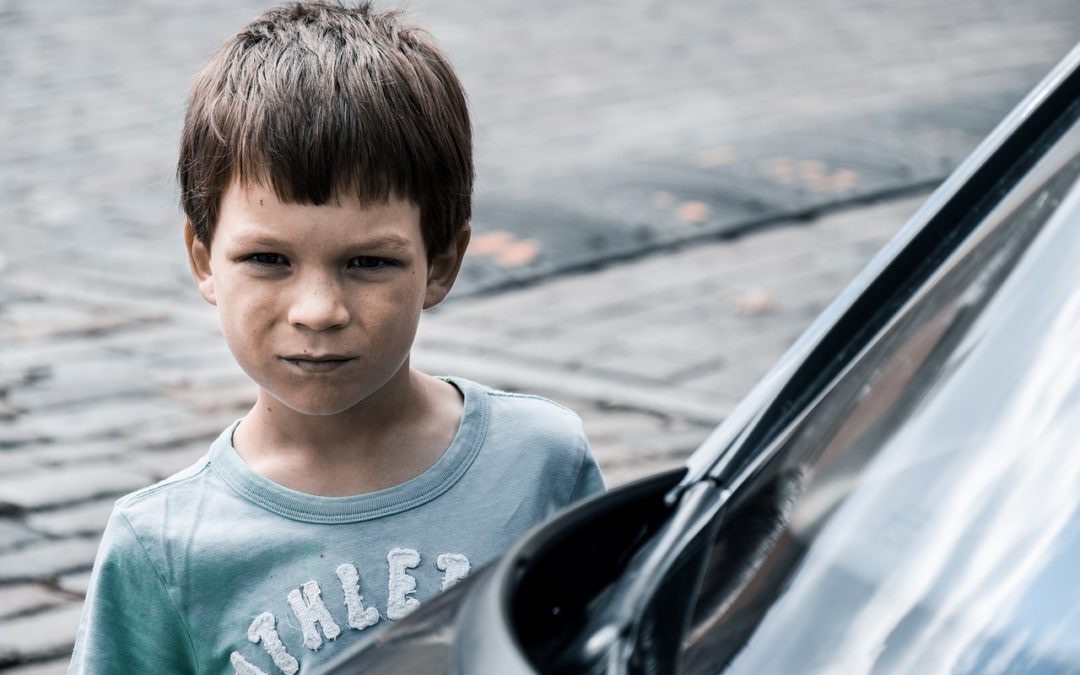
So what can we do to help children handle their angry feelings in a healthier way?
1. Label Emotions
Many children act out negatively because they do not know what they are feeling or how to express themselves. It is important that we teach children to label their emotions as they have them. If a child is feeling angry, help that child label the emotion by stating something like, “You are feeling angry. I understand, it is no fun to feel angry”.
Once the child knows what their emotion is, discuss how they feel when they feel angry, what causes them to feel angry, etc. This helps them to better recognize the emotion if they know the response it gives them.
By labeling emotions children are that much closer to knowing how to appropriately deal with each one.
Furthermore, if your child begins to label their emotions, stating “I feel so angry!” or “you make me so mad!” it is important for you to acknowledge their feelings and not discipline them. This correct labeling of emotions should be approached with support and understanding.
2. Identify the cause
Helping identify the cause of the anger is a vital step to dealing with the anger. Talking it out can help the child to better understand the cause and, therefore, be better equipped if the situation comes up in the future. This is best done after the tantrum or meltdown has subsided.
Once the meltdown has subsided. Get down on the level of the child and in a calm voice help them work through what they are feeling so that you may get to the root of it.
First, help the child identify the emotion they are feeling and empathize with it. Let them know you have felt this way before, too. It is normal to feel these emotions, but it is how we respond to them and learn from them that matters.
3. Pick a mantra
As adults or as children it can be very helpful to choose a mantra that helps us to calm down when we repeat it. This could be something like, “it’s okay, just breathe” or “I can handle this”. Have the child practice this when they start to have signs of being upset.
4. Cool down
Set up a place in your home for your child to calm down. This is not a time-out space but rather a safe, quiet place where the child can practice regaining control of their emotions. This place should feel peaceful, perhaps including coloring books or music.
In addition to helping your child calm down, make sure that you are calm as well. Even if they raise their voice, keep a mellow one. Children will often start to imitate the level at which you are speaking and acting. It feels silly to keep yelling at someone who is whispering.
5. Meditate
You can start meditating with your child on a daily basis and use meditation when your child starts to show signs of anger.
First, have them notice their breath. Notice the air come out of their noses or mouths as well as by feeling the rise and fall of their chest or stomachs with their hands.
Once they notice their breath, there are a couple ways to easily introduce meditation.
One way is to have them count their inhalations and exhalations. Have them close their eyes, then breathe in and say “1”, breathe out and say “2”, and so on.
Another way is also with counting but holding the breath as well. Start with eyes closed then inhaling for 5 seconds slowly, holding the breath for 2 seconds, and then releasing for 5 seconds. Continue this until your child feels peaceful and has regained control.
Here are some other useful resources for meditation for children:

6. Use Art
Having your child write or draw out their feelings is a great outlet. You can keep a drawing pad with colored pencils around the house or even in your child’s backpack whether they want to write or draw. If your child is not extremely talkative, art is another great way to self express.7. Be the Model
Just as it is important for your child to learn these techniques, it is also important for them to see it in practice, by you. Use any of these techniques when you feel frustration or anger so that you may better deal with any negative emotions you may have and your child can see this behavior in action.8. Use Reasonable Discipline
If the behavior the child exhibits deems punishment, be sure this punishment is reasonable and appropriate. It is important that the disciplinary action taken is not accompanied with your own anger, verbal ridicule, or the lowering of the child’s self esteem. Explain to the child why they are being disciplined so that they may be educated in how to avoid this type of discipline in the future and know what behavior is expected of them. The techniques outlined here are not only great for kids but for the whole family. Using these techniques whenever necessary can help the child to embrace and use the techniques as well as result in a healthier family environment. These hot tempered emotions can be helped and these techniques can be taught, so don’t give up! Start out slow with developing emotion language and then figure out what technique works best for your child and your family.A child’s anger can be tough to cool down. We can help.

